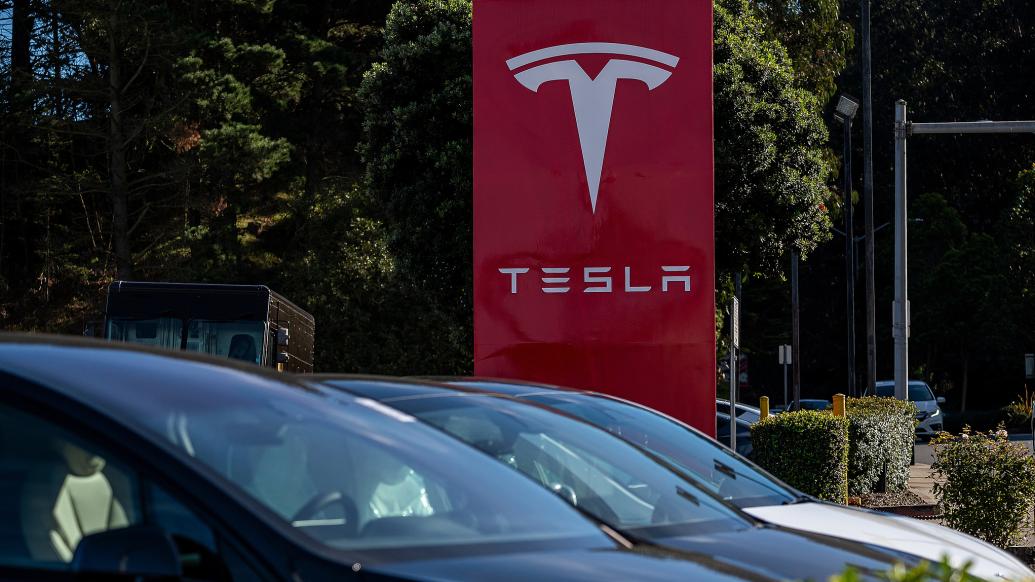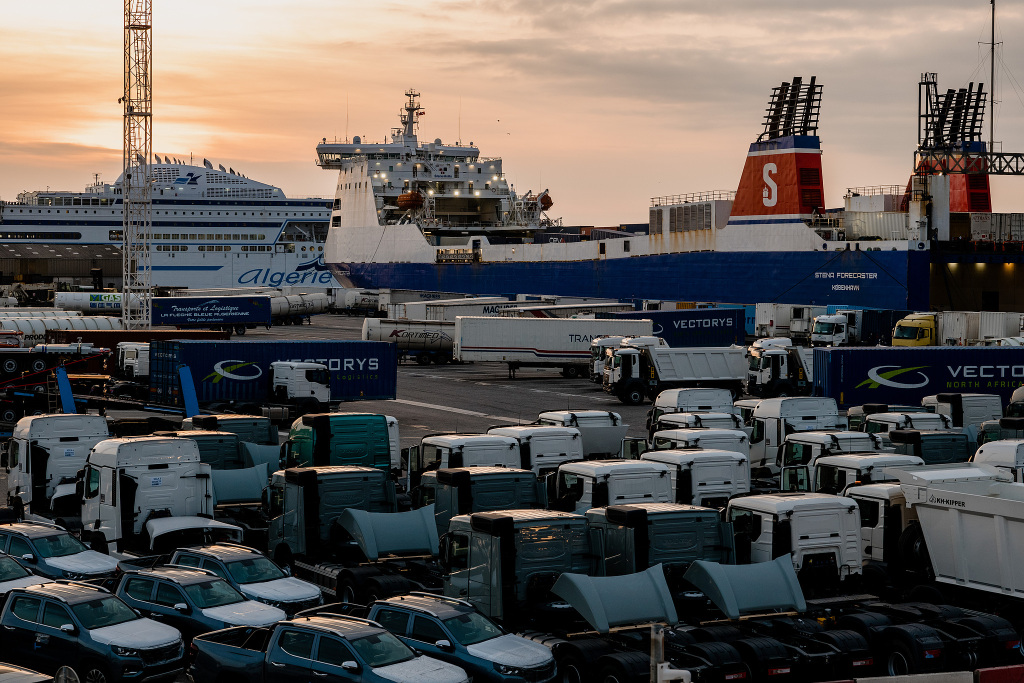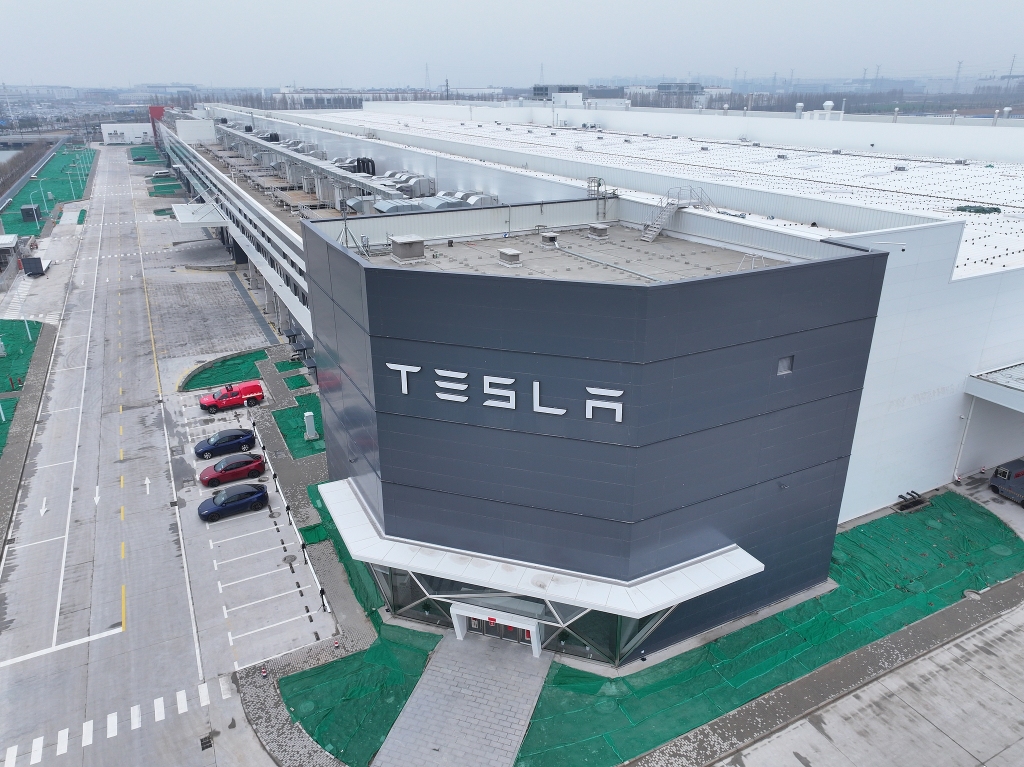
Following four collision incidents, the National Highway Traffic Safety Administration (NHTSA) has launched an investigation into 2.4 million Tesla vehicles equipped with Full Self-Driving (FSD) technology.
NHTSA stated that, based on preliminary assessments, these accidents occurred when FSD was activated under conditions of reduced road visibility, such as blinding sunlight or foggy environments.

“In an extreme case, a Tesla struck and killed a pedestrian, and another incident resulted in minor injuries to one person.” NHTSA reported that this investigation covers approximately 2,410,002 vehicles, including the 2016-2024 Model S, 2017-2024 Model 3, 2020-2024 Model Y, and 2023-2024 Cybertruck equipped with the optional system.
Tesla's website notes that FSD requires active supervision from the driver and does not enable full autonomous driving. NHTSA will be looking for other collision incidents that occurred under similar low visibility conditions to examine and confirm whether Tesla has updated its FSD system sufficiently to impact its performance in adverse weather conditions.
NHTSA stated that there exists a “significant safety gap” between drivers' expectations of the Autopilot feature and its actual capabilities, leading to misuse of the system and resulting in accidents that could have been avoided.
Amid fierce competition and weak demand, Tesla is betting its future on autonomous driving technology and Robotaxi services. Tesla CEO Elon Musk has indicated that the ability to solve the full self-driving challenge directly affects Tesla's valuation—whether it is seen as highly valuable or nearly worthless.
On October 10, Musk unveiled the two-seater, two-door “Cybercab,” a vehicle that lacks a steering wheel and pedals, relying instead on cameras and artificial intelligence for navigation. Tesla needs to obtain NHTSA approval before deploying Robotaxi services.
Tesla's full self-driving technology has been in development for years, aiming to achieve a high level of automation where its vehicles can handle most driving tasks without human intervention.
Some industry experts pointed out that Tesla's partial and full autonomous driving systems “only use cameras,” which may pose problems under low visibility conditions since these vehicles lack backup sensors. In contrast, Tesla's competitors rely on expensive sensors (such as LiDAR and radar) to detect the driving environment.
Jeff Schuster, Vice President at GlobalData, stated, “Weather conditions can impact a camera's observational capabilities, and I believe regulators should investigate this. It might be one of the significant challenges facing smart driving technology recently.”
In recent years, NHTSA has initiated multiple investigations into Tesla. In December 2023, NHTSA recalled over 2 million Tesla vehicles to install new safety measures in their advanced driver-assistance systems.
Furthermore, in April, NHTSA reported that it had identified 211 incidents involving Tesla under the Autopilot system, despite drivers having sufficient time to avoid or mitigate collisions.
(The original title was “Breaking News! U.S. Investigates Tesla”)


